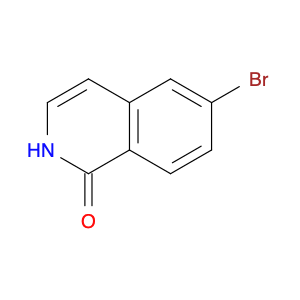2-Chloro-4-phenylquinoline, also known as $name$, is a versatile compound widely used in chemical synthesis. One key application of this molecule is its role as a building block in the preparation of various biologically active compounds and pharmaceutical agents. Due to its unique structure, $name$ serves as a valuable intermediate in the synthesis of heterocyclic compounds with diverse pharmacological properties.In organic synthesis, 2-Chloro-4-phenylquinoline can undergo various reactions such as nucleophilic substitutions, palladium-catalyzed cross-coupling reactions, and transition metal-catalyzed transformations. These reactions enable the efficient modification of the quinoline core, allowing for the introduction of different functional groups or substituents at specific positions. This flexibility makes $name$ a valuable tool for designing and synthesizing novel molecules with potential therapeutic applications.Additionally, 2-Chloro-4-phenylquinoline is commonly used in the development of agrochemicals, dyes, and materials science. Its ability to participate in diverse chemical transformations makes it a valuable starting material for the preparation of complex organic molecules with tailored properties. Researchers and chemists leverage the synthetic versatility of $name$ to access a wide range of compounds that exhibit desired biological activities or material characteristics.In summary, 2-Chloro-4-phenylquinoline plays a crucial role in chemical synthesis by serving as a key building block for the construction of biologically active molecules, pharmaceuticals, agrochemicals, and materials. Its diverse reactivity and synthetic utility make it a valuable asset in the toolbox of organic chemists seeking to develop innovative compounds for various applications in science and industry.
 sales@aaronchem.com
sales@aaronchem.com










